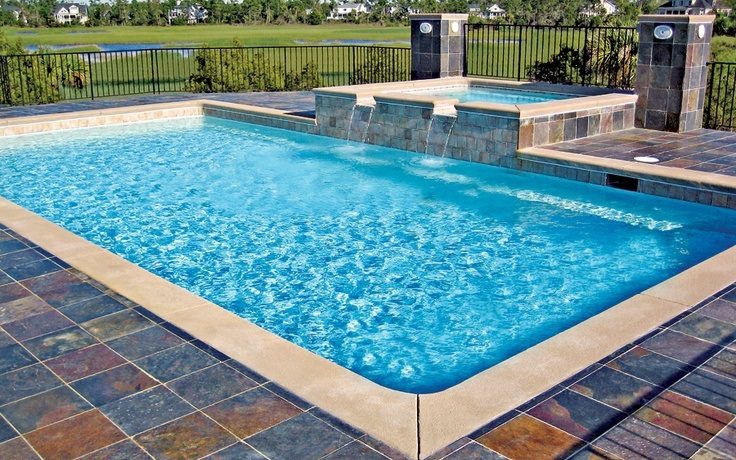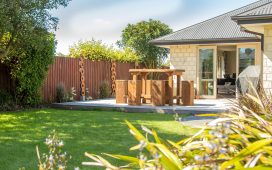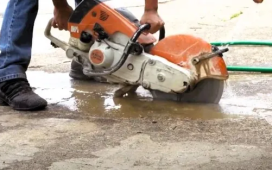Some people don’t even consider about their backyard pools until late in the winter. It’s coming to be that time of year when Torontonians and GTA residents alike start to feel the effects of cabin fever and start pining away for summer’s outdoor pursuits. If you want to install an inground pool for the first time, you’ll need to decide between vinyl, concrete, and fibre glass. There are benefits and drawbacks to using each of these three materials. Although there are benefits and drawbacks to each of these choices including pool cost, we think a vinyl in-ground pool is your best bet.
The benefits of a fibre glass pool
In-ground fibreglass pools are widely considered to be far superior to their above-ground counterparts. They are well-known for their endurance, their capacity to give substantial support, and the fact that they can weather the test of time for many years despite having lightweight shells that are more convenient to assemble, carry, and install. It’s a win-win situation whether you plan to stay in the same house and enjoy the pool for the rest of your life or you want to improve the value of your home in preparation for a sale because the benefits of fibreglass pools genuinely do last a lifetime.
Installing takes less time overall
The size of the pool, the availability of the necessary equipment, and the nature of the surrounding terrain are the key determinants of how long it takes to set up a fibre glass pool. In general, it takes around three weeks to build a fibreglass pool using these specifications.
Simple maintenance
The estimated lifespan of a fibreglass pool is highly dependent on the standard of maintenance given to it. Unlike other products, the maintenance for a fibreglass pool is manageable. Like any other product, a fibreglass pool will need regular upkeep. While concrete pools need to be refinished every ten years and vinyl pools need to be replaced every five to nine years, fibreglass pools only require the standard continuous water care. Think about the chemicals, the cleaning, and the correct proportion of water.
Durable
Remember that the longevity of your fibreglass pool is directly proportional to the amount of attention and care you give to it. Always keep the pool covered while it is not in use, and clean it thoroughly at least once each week. Materials used in the production of fibreglass pool shells are selected for their excellent resistance, which inhibits the formation of algae.
Eliminates the need for chemical treatments
Concrete and vinyl pools are more expensive and require more frequent chemical treatments for upkeep. For the same level of cleanliness as other pool materials, fibreglass pools can be maintained without the use of toxic chemicals. Several individuals warn against using saltwater in vinyl pools. Nonetheless, you can utilise saltwater in your fibreglass pool however you see fit. Owning a fibreglass pool also has the added benefit of reducing the likelihood of algae growth.
Skin-friendly
Due to the fibreglass pool’s skin-friendly surface, swimmers may spend more time in the water. The texture of concrete pools is rough and uneven, making them uncomfortable to swim in. The scrapes you suffered as a kid while swimming in these pools could be to blame. Fiberglass pools, on the other hand, are gentler on the skin and don’t leave marks because of their untextured, smooth surfaces.
When are you planning on having your fibreglass pool put in?
There are several reasons why fibreglass pools are the obvious choice when deciding what kind of pool would be best for your home. Families and homeowners often opt for fibreglass pools due to the low maintenance requirements and long lifespan of the material. Moreover, fibreglass pools last considerably longer than their concrete and vinyl counterparts.



















